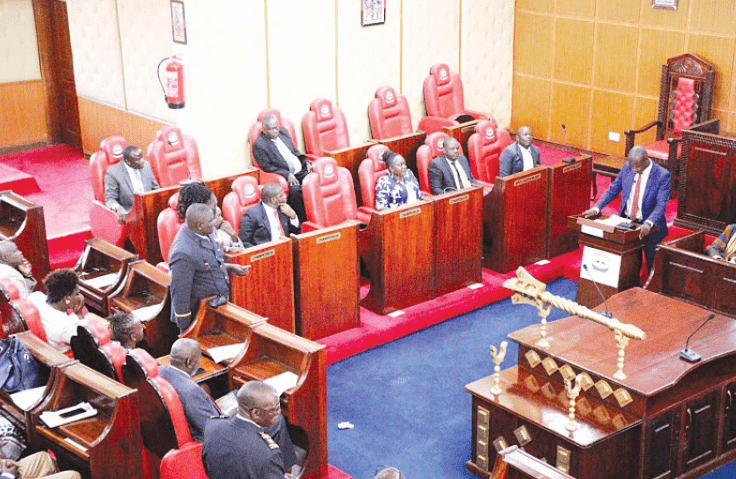The County Government Act directs that county plans be the basis of all budgeting and spending in a county.
It’s on that basis that we have the county integrated development plan (CIDP); county sectoralplans; county spatial plans; and cities and urban areas plans as provided for under the Urban Areas and Cities Act.
The CIDP is the Masterplan, incorporating all development priorities that a county intends to accomplish in the five-year term of a county government. Because it’s the totality of all developments planned for a county for five years, CIDPs are the most comprehensive. CIDPs, therefore, must have the institutional framework addressing the county’s internal transformation needs, and the organization chart required for the implementation of the integrated development plan.
CIDPs also take into account ongoing development initiatives in the county at the time of its development and adoption; be they infrastructural, physical, social, economic and institutional in nature. It’s a statutory requirement that maps, statistics and other appropriate documents be attached to a CIDP, or references made to the maps, statistics and other appropriate documents that are not attached but held in a GIS-based national or county database system.
Another integral part of a county’s integrated development plan is the resource mobilization and management framework that shall include at least the budget projection required under the law governing county government financial management; indication of the financial resources available for capital project developments and operational expenditure; and a financial strategy.
A county’s sectoral plans, spatial plans and city or municipal plans are thus parts of the CIDP, serving as the instruments for development facilitation and control within the respective city or municipality.
Each year, the county executive, in consultation with the county assembly and citizens of the county, pulls out all development initiatives planned for each financial year from the county integrated development plan. This is the County Annual Development Plan (CADP). The CADP is then reviewed within the context of the obtaining social and economic situation, taking into account the stages of development initiatives, and any additional resources required to ensure their completion.
But human development does not take place in a vacuum. Citizens for whom the development projectsare being initiated to fulfill their rights must be at the epicenter of all development initiatives.
In fact, theConstitution of Kenya domesticates the rights-based approach to development as outlined in the United Nations Declaration on the Right to Development, infusing the principles of meaningful involvement of communities and civil society at all stages of any development process. Article 2 of the Declaration aptly recognizes that the human person is the central subject of development and should be the active participant and beneficiary of the right to development.
As such, fundamental notions as popular participation and self-determination, including the exercise of the inalienable right to full sovereignty over all their natural wealth and resources; equity and non-discrimination; and effective international cooperation based on the essential values of sovereign equality, interdependence, mutualinterest.
But are the devolved units implementing development projects within the parameters of the principles ofmeaningful involvement of communities and citizens in the planning, implementation, monitoring and evaluation of development initiatives? Some counties have invited stakeholders to public participation forums on their County development plans.
It is unforunate, that more than 10 years after the promulgation of the Constitution and rollout of devolution, the national government is yet to develop a national policy on public participation. On the other hand, county governments have also been cherry-picking on provisions of laws on devolution relating to community engagement, including their own laws on public participation to undermine the objects of devolution.
The writer is the Executive Director of the Kenya National Civil Society Centre; [email protected]





















